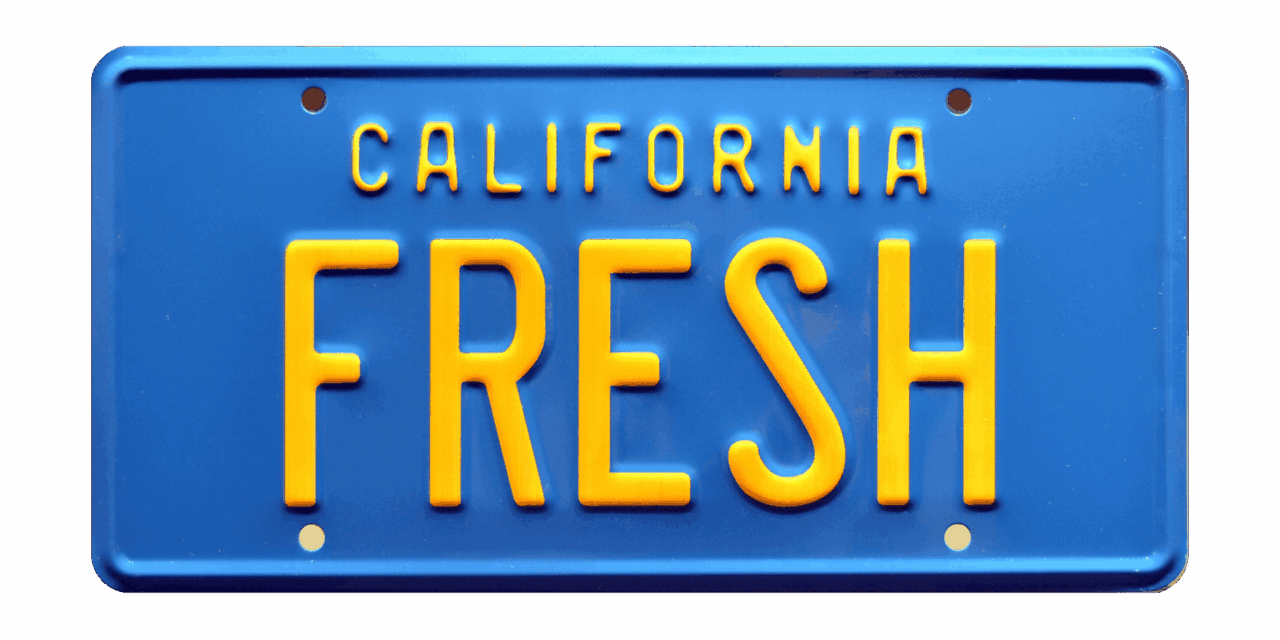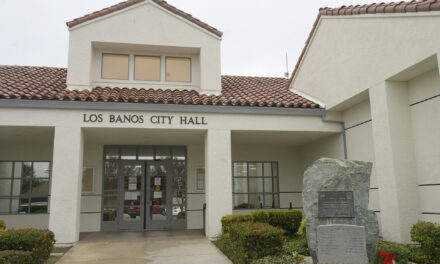Want a 60-day service plan for your license plate?
It’s an $8 a month value
But first you will need to buy a new license plate.
A digital license plate.
Just go to reviver.com and get ready to plunk down $699.
If that is too rich for your blood, you can subscribe for $39.95 a month.
The $39.95 a month plan includes the service plan at no extra-charge
That is in top of your yearly vehicle registration fees payable to the California DMV.
The $699 will get you a new or like new “Rplate”.
Unlike the DMV issued metal license plate, the digital plate comes with a full warranty.
And can monitor and customize every aspect of your plate through the Rplate Mobile app.
Bet you didn’t know you needed to monitor your license plate.
At any rate, the $699 package gives for a battery with a 5-year life, Bluetooth and wireless connectivity, theft deterrence (for the license plate), digital registration renewal, and that 60-day service plan.
You might think it is cheaper to buy a digital plate given a subscription service will eat through a few cents shy of $2,400 in the five years before the battery will have to be replaced,
But if you buy it, you will also need the service plan for $8 a month that makes all the bells and whistles that supposedly justifies the cost of driving around with a digital plate.
That’ll set you back another $495 over five years if you buy a digital plate outright.
And what does the monthly service plan give you?
*You can lighten or darken the plate image.
*Stolen plate and vehicle reporting.
*Banner message options on the top of the plate.
*Custom banner messages with emojis if you so desire.
*Battery replacement.
*Temporary smog exemption.
*Digital plate tabs (if can be a pain to peel and stick yearly tabs to a plate, right?)
*An app-registration renewal.
It should be noted, digital plates can only go on the rear of vehicles.
Given all vehicles in California are legally required to have front and rear plates, you will still need an old school metal DMV plate for the front of your car.
In case you are thinking how many people will part with that kind of money needed to have a digital plate, there have been 29,000 issued as of Feb. 1 of this year.
And most of them have been snapped up by Tesla owners.
What brings up a way you can make lighten your digital wallet is news out of Sacramento last week.
The end is coming.
The end, that is, to the numbers available through the issuance of the current seven symbol license plates.
Sometime late in 2025, the license plate 9ZZZ999 will be issued.
The first plate in the seven symbol plates, 1AAA000, was issued in 1980.
The plate series was expected to last until 2027.
But California’s new vehicle sales pace has picked up to 1.8 million a year.
As such the number of available combos left will be depleted ahead of the original projection.
So what is the DMV going to do?
Once they go through the number-letter-letter-letter-number-number-number series they are going to simply flip it.
That means plates will be issued with a number-number-number-letter-letter-letter-number sequence.
It might interest you to know, California started requiring license plates in 1905. The Golden State was a Johnny-Come-Lately as New York started requiring license plates in 1901.
The DMV sent the vehicle owner the numbers.
The owner was required to make their own license plate and attach it to their vehicles.
They were typically fashioned from metal, wood, or leather.
in 1906, the Automobile Club of Southern California started providing their members with porcelain license plates.
In 1913, California came the second state — the first was Massachusetts in 1903 — to issue its own manufactured license plates.
They were porcelain with white numbers on a red background.
The original plates were much larger than they are today. They measured 5½ inches high and 16 inches wide.
The state issued new plates every year.
During World War II when metal was in critical need for the war effort, states introduced tabs for renewing registration instead of issuing new plates,
Then in 1956, an agreement between the United States, Mexico, and Canada set a standard size for license plates at six inches by 12 inches;
That agreement included standard mounting holes with a six-digit registration format.
From 1963 to 1969, California issued plates that had gold numbers on a black background.
The background color was switched to blue in 1969. The lettering remained gold.
California plates switched to blue lettering in white in 1982 with a sun graphic behind the state name.
The sunset for the added graphic came in 1987 leaving the DMV with its current plain look.
Of course, not every California plate is plain.
There are 15 specialty plates options from a Memorial plate with red, white and blue graphics that you pay extra fees each year into a state fund to fight terrorism to a whale trail plate that underwrites environmental initiatives along the California cost.
I’m one of the 40,000 Californians with a Yosemite plate.
It features the iconic Tunnel View panorama with El Capitan, Half Dome and Three Sisters.
In the last 28 years, the extra $20 in annual renewal fees I’ve paid has resulted in $560 going to the Yosemite Conservancy.
On an annual basis, the Yosemite plate generates $800,000 a year for conservation and restoration projects in the national park.
Because my plates are personalized, my renewal fees also include an extra charge to fund environmental projects in California.
In case you’re wondering, as of Jan. 1, 2024 Merced County’s registered vehicles included 157,733 cars, 60,323 trucks, 33,585 trailers, and 4,867 motorcycles.
The overall number of 256,508 registered vehicles is just about 21,000 shy of the county’s 277,680 residents at the start of the year.
Statewide, there were 35,727,484 registrations in all vehicle classes including 25,624,093 cars.
Given California has 39.7 million residents, on a per capita basis we are slightly more vehicle crazy than the rest of the state.
That said, when it comes to per capita vehicle registration California takes a backseat to 40 other states.
There are 11 states that have more vehicles that people.
Montana leads the way with 1.93 vehicles per capita.
After that in descending order are South Dakota, Iowa, North Dakota, Arkansas, Alabama, Idaho, Washington, New Hampshire, and Maine.
That said, there are only three states that currently allow digital license plates. They are California, Arizona, and Michigan.
California isn’t as car crazy as we’re accused of being.
But given 29,000 people are plunking down $39.95 a month — or $699 at once plus an $8 a month service charge — for a digital license plate, some of us are a tad tech crazy.


